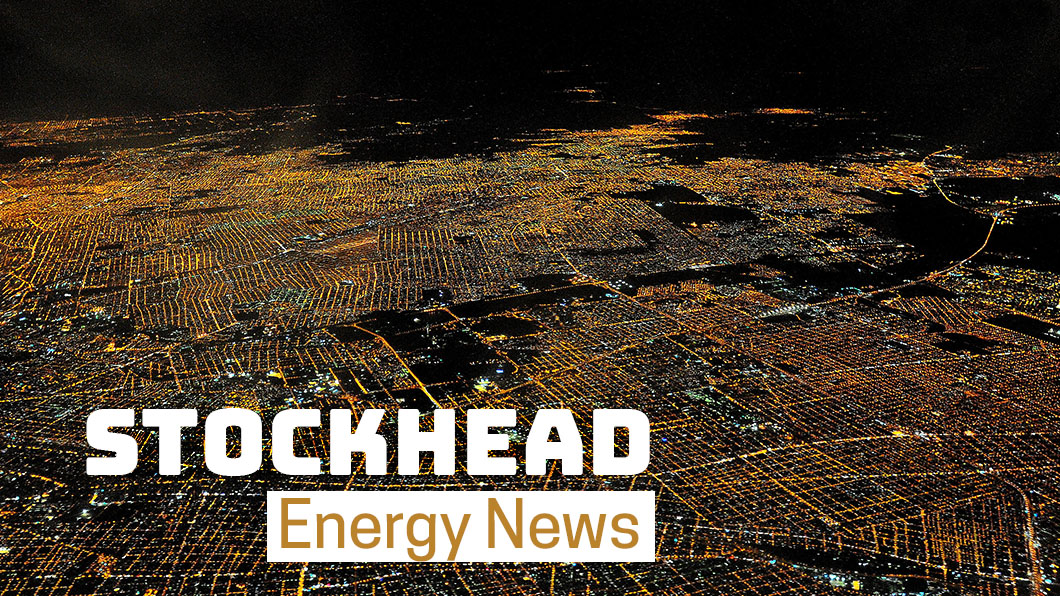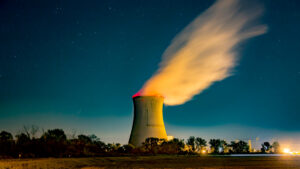South Australia is leading the renewable energy pack, and it’s pushing to go further

Pic: Matthias Kulka / The Image Bank via Getty Images
South Australia is already Australia’s leader in the use of wind and solar power, and renewable energy could make up 87 per cent of its electricity generation by 2024.
This will put the state well within reach of the government’s goal of achieving “net 100 per cent” renewables by 2030 and is possible under the “step change” scenario, one of three outlined by the Australian Energy Market Operator (AEMO) on how the state’s energy generation mix could change over the next 10 years.
While renewable energy adoption is forecast to slow this year despite a surge in 2019 due to the COVID-19 pandemic, South Australia already sources more than 50 per cent of its electricity generation from wind and solar, putting it well ahead of other Australian states.
The AEMO already assumes that renewable energy will make up 57 per cent of the state’s generation in the current financial year and also considers the addition of the Lincoln Gap battery, the second stage of the Lincoln Gap wind farm and the retirement of several ageing gas-fired units in the coming years.
Under the “step change” scenario, which envisions real efforts and investment made to reduce emissions, the addition of the new “EnergyConnect” interconnector to New South Wales will not only displace further gas-fired power generation in South Australia but also increase the uptake of renewable energy.
This scenario includes the growing impact of “virtual power plants” (VPPs) that are currently being rolled out in the state-government’s Home Battery Scheme and other proposals.
The AEMO believes that VPPs could account for more than eight times the output of big batteries by 2028-29.
EnergyConnect is still expected to replace gas-fired plants under the “central” scenario, which is based on current policy settings and known investment commitments.
ASX small cap renewable energy stocks
But while the longer term outlook for renewable energy is still quite positive, several stocks in the space have seen their share prices come off recently.
Shares in utility-scale solar investment firm New Energy Solar (ASX:NEW) are down 27.5 per cent year-on-year to its current price of $1.
Meanwhile, renewable energy generator Infigen Energy (ASX:IFN) is currently trading at 48c, which is just slightly down from its close of 48.5c a year ago, though it is down from its high of 80c in early February this year.
Last month, the company’s assets generated 136 gigawatt hours (GWh) of power, up 3 per cent from its March 2019 production.
Windlab (ASX:WND) shares are down 5 per cent from a year ago to 94c, though they are up from a five-year low of 65c in January this year.
Renewable energy generation developer Genex Power (ASX:GNX) has recovered from its low of 8.8c in March this year and is currently trading at 15c.
Shares in ReNu Energy (ASX:RNE) are currently trading at 2.2c, well down from 6.4c a year ago while Mpower (ASX:MPR) is down 31.8 per cent to 1.5c.
Related Topics
UNLOCK INSIGHTS
Discover the untold stories of emerging ASX stocks.
Daily news and expert analysis, it's free to subscribe.
By proceeding, you confirm you understand that we handle personal information in accordance with our Privacy Policy.








